The best camera phones in 2025

Which phone should you buy if you want to have the best camera in your pocket?
Should it be an iPhone, known for its ease of use and excellent video recording quality, or a Galaxy, which has more cameras? What are the pros and cons of those phone cameras? And are there other worthy options?
In this list of the best camera phones, we give you a ranking based on the results of our extensive camera testing, and we explain the specifics of each smartphone camera.
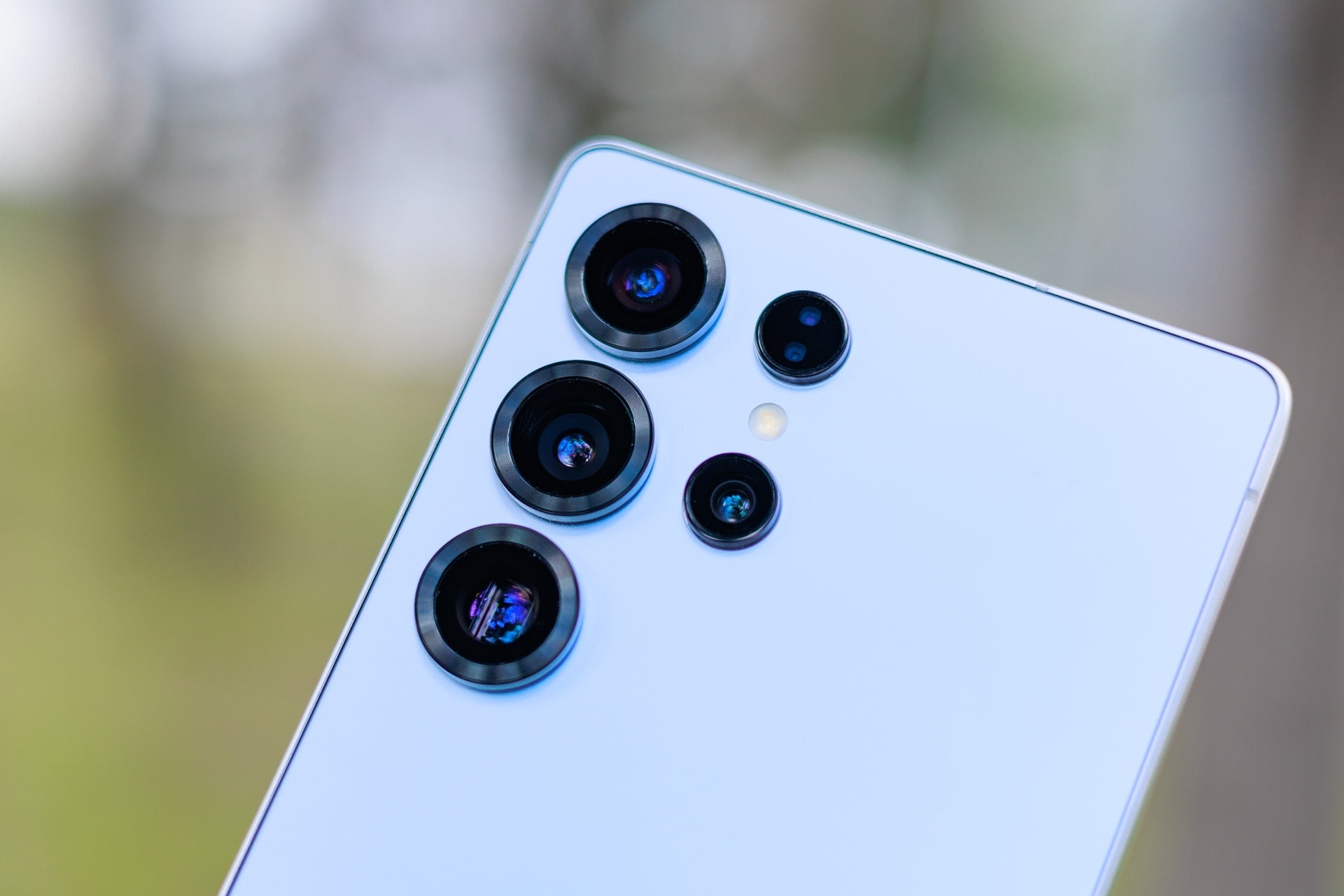
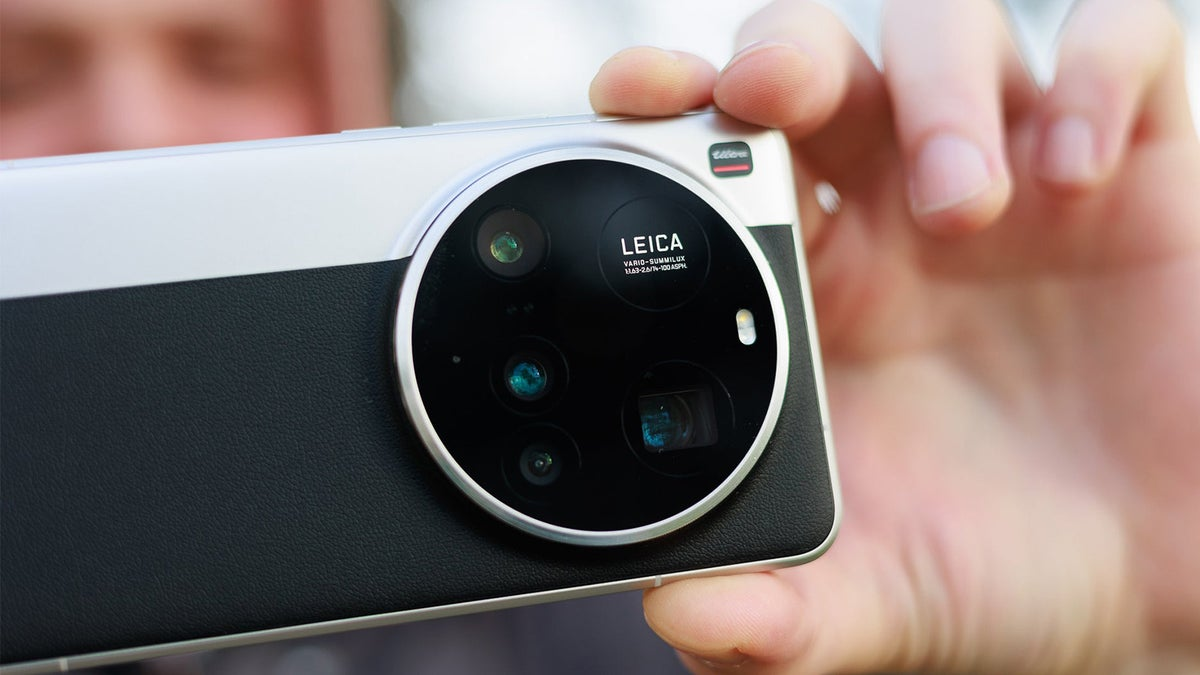
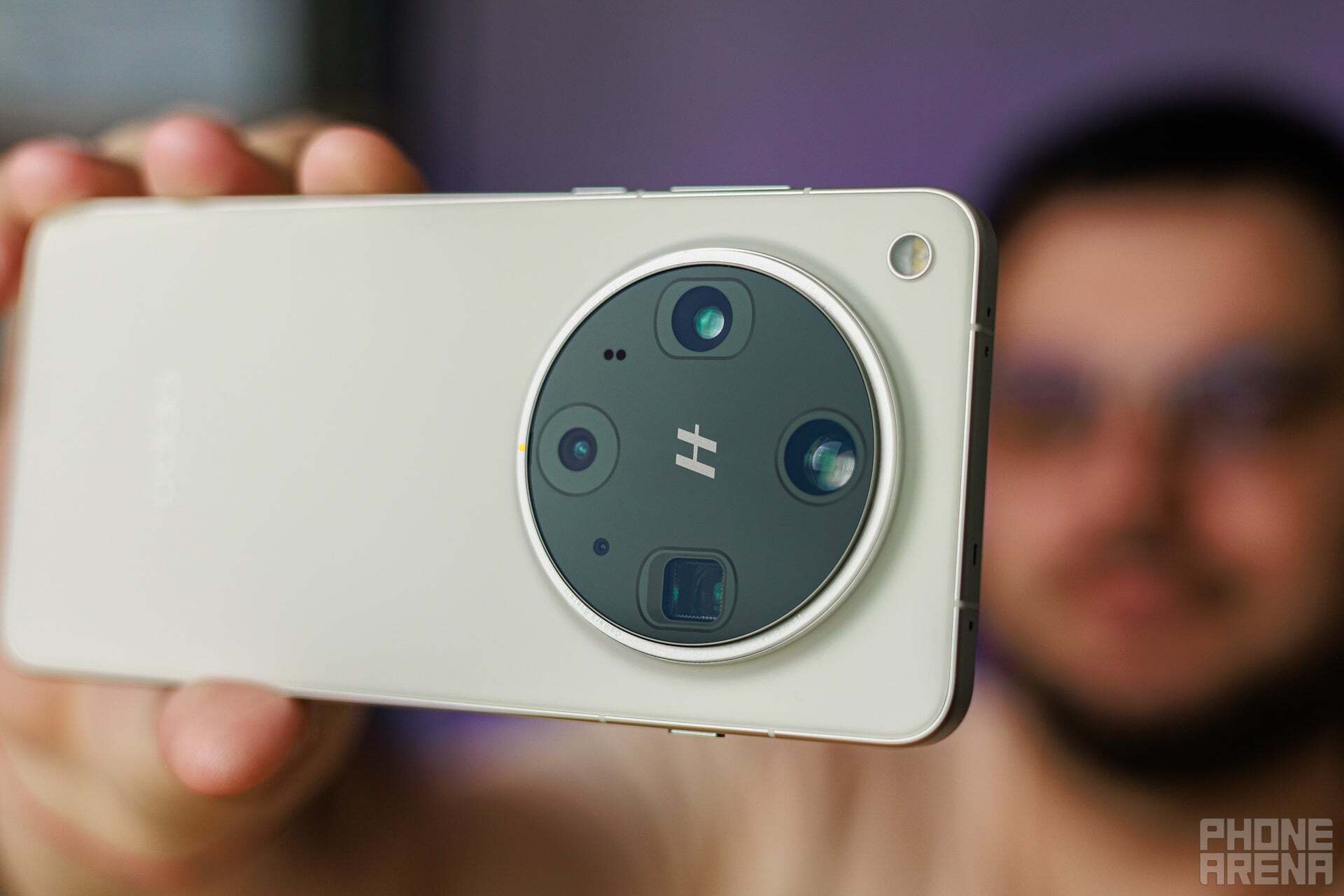
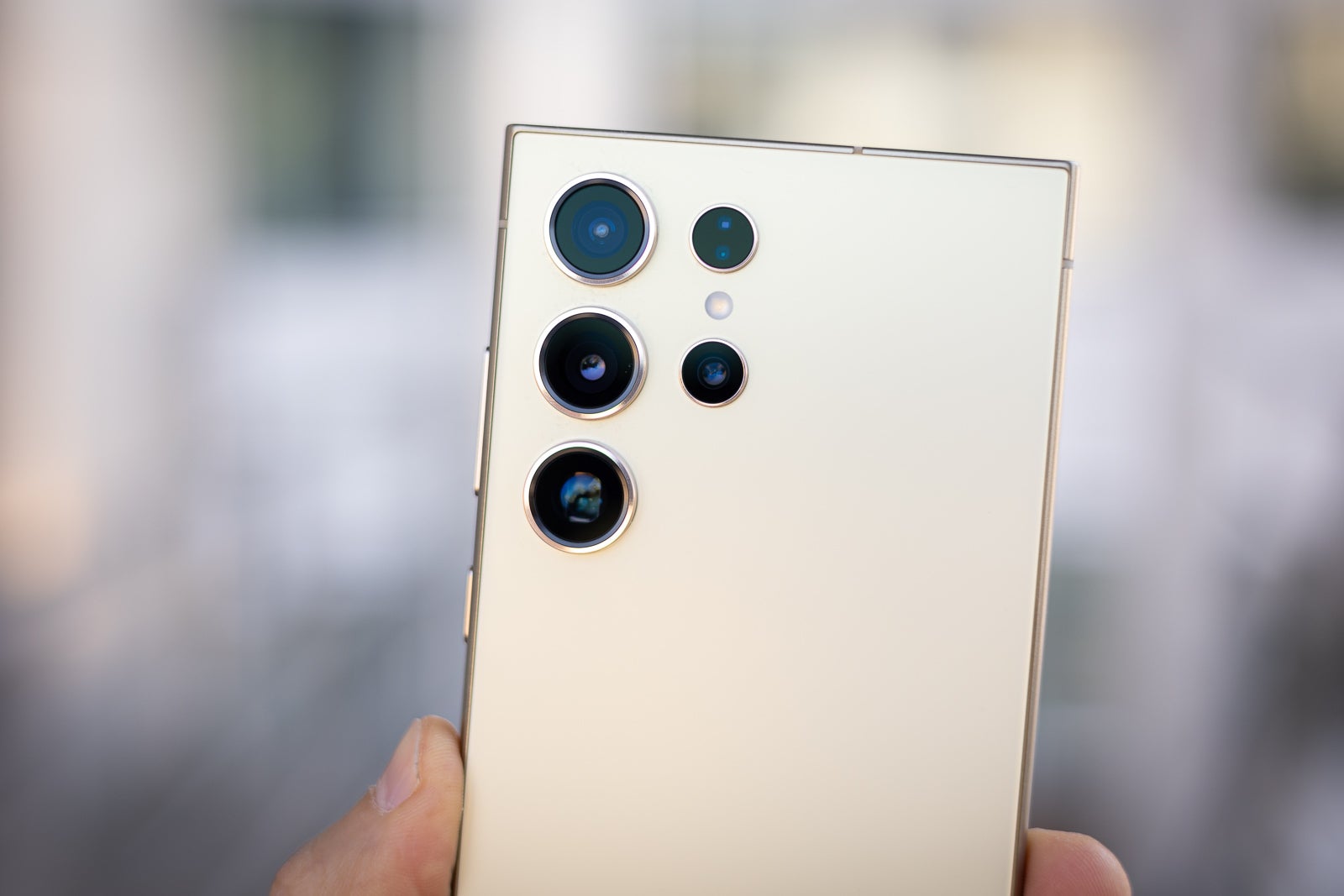
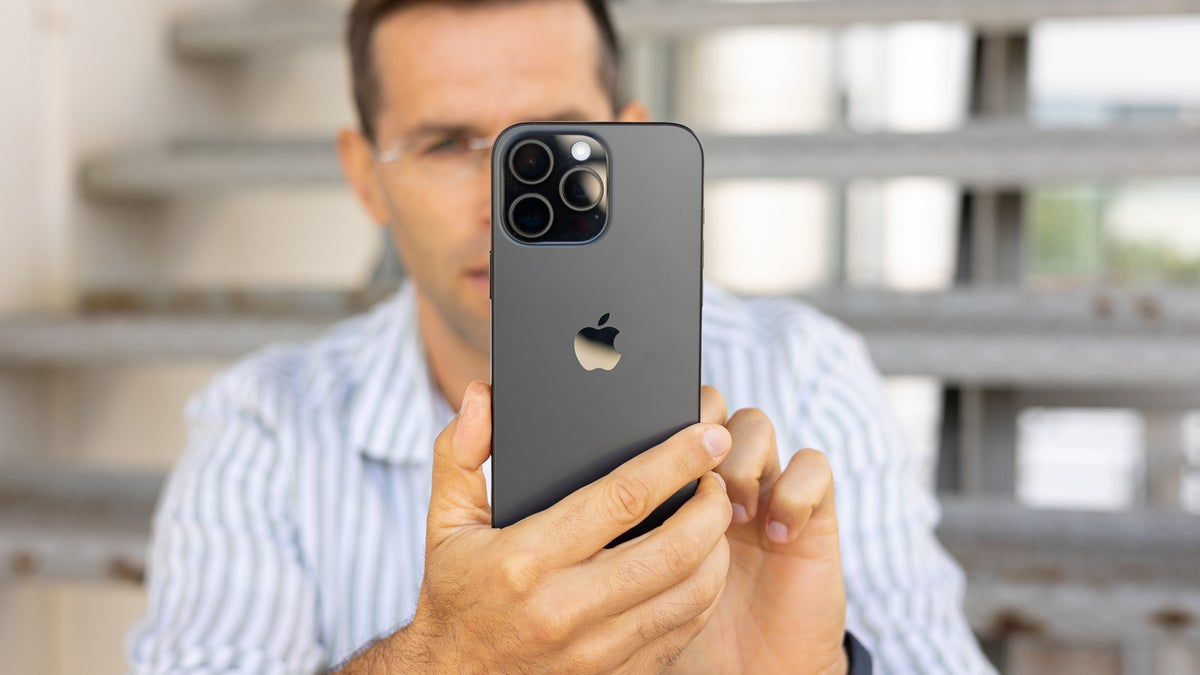
This year, the iPhone 16 Pro Max and iPhone 16 Pro come with generally the same camera systems. However, they fail to deliver any significant camera upgrades over the iPhone 15 Pro Max; also, Apple's new changes to the color science and overall dynamics make the new iPhone 16 Pro models rank slightly lower than the iPhone 15 Pro Max.
The iPhone 16 Pro and iPhone 16 Pro Max introduces significant upgrades to its camera system. The iPhone 16 Pro Max camera now includes a 48MP Fusion sensor and a new 48MP ultrawide camera with an f/2.4 aperture, a significant upgrade from the 12MP one on previous models. The ultrawide uses quad-binning to once again output 12MP photos, but now with enhanced low-light quality. It also supports a dedicated macro mode.
What's more, the main 48MP Fusion camera now has a faster quad-pixel sensor, allowing for zero shutter lag. Both phones also support 4K@120fps video, which can be edited directly in the Photos app.
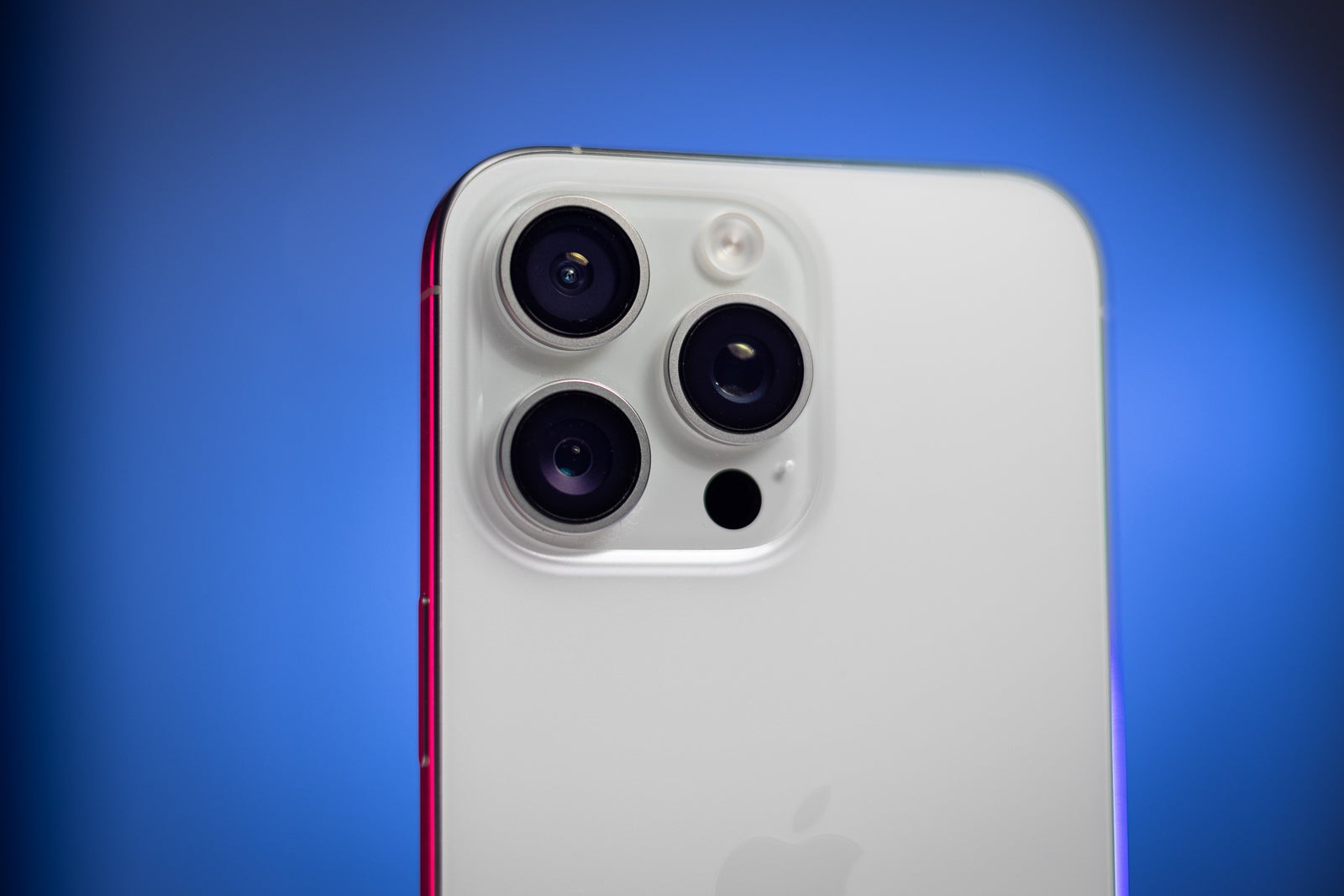
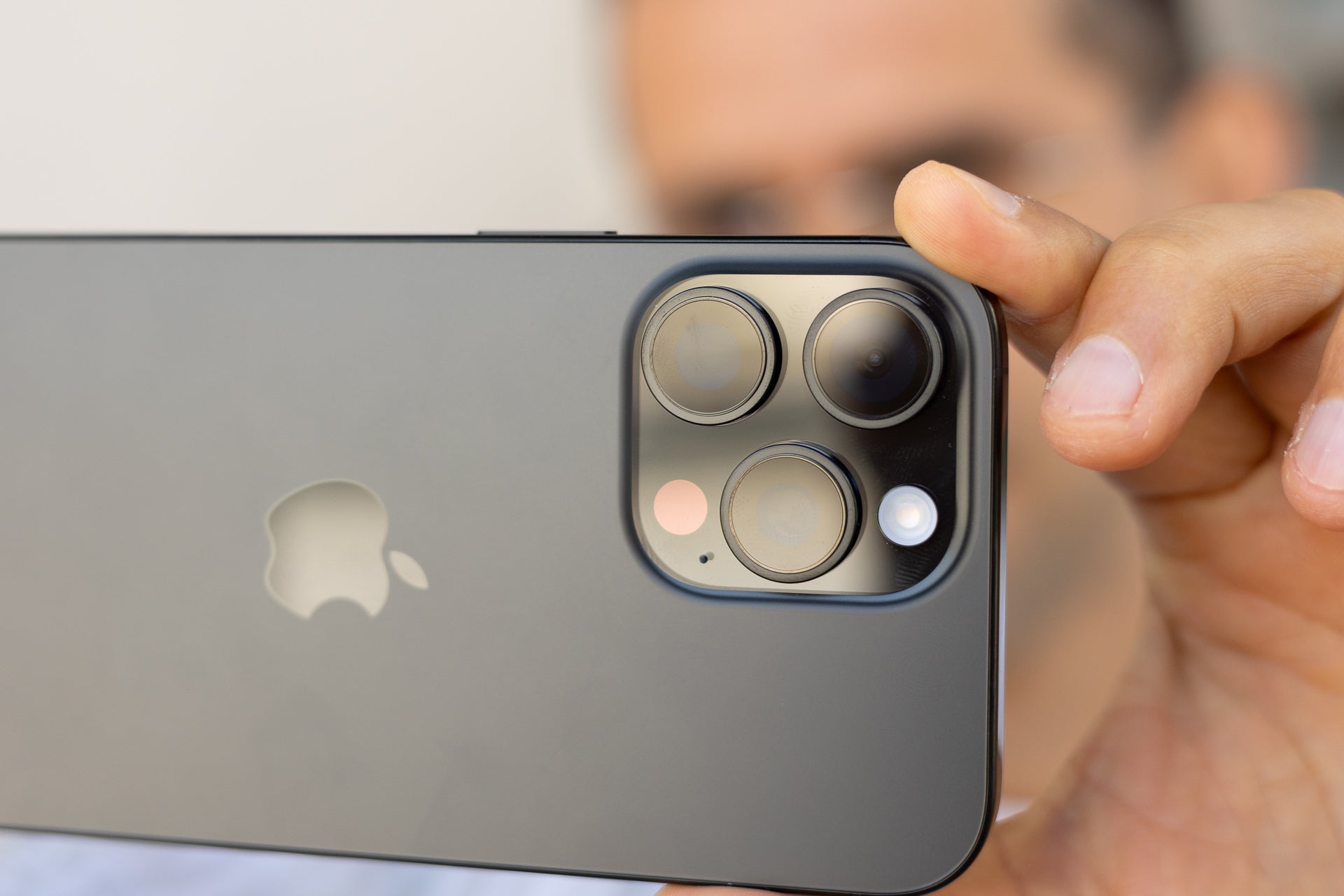
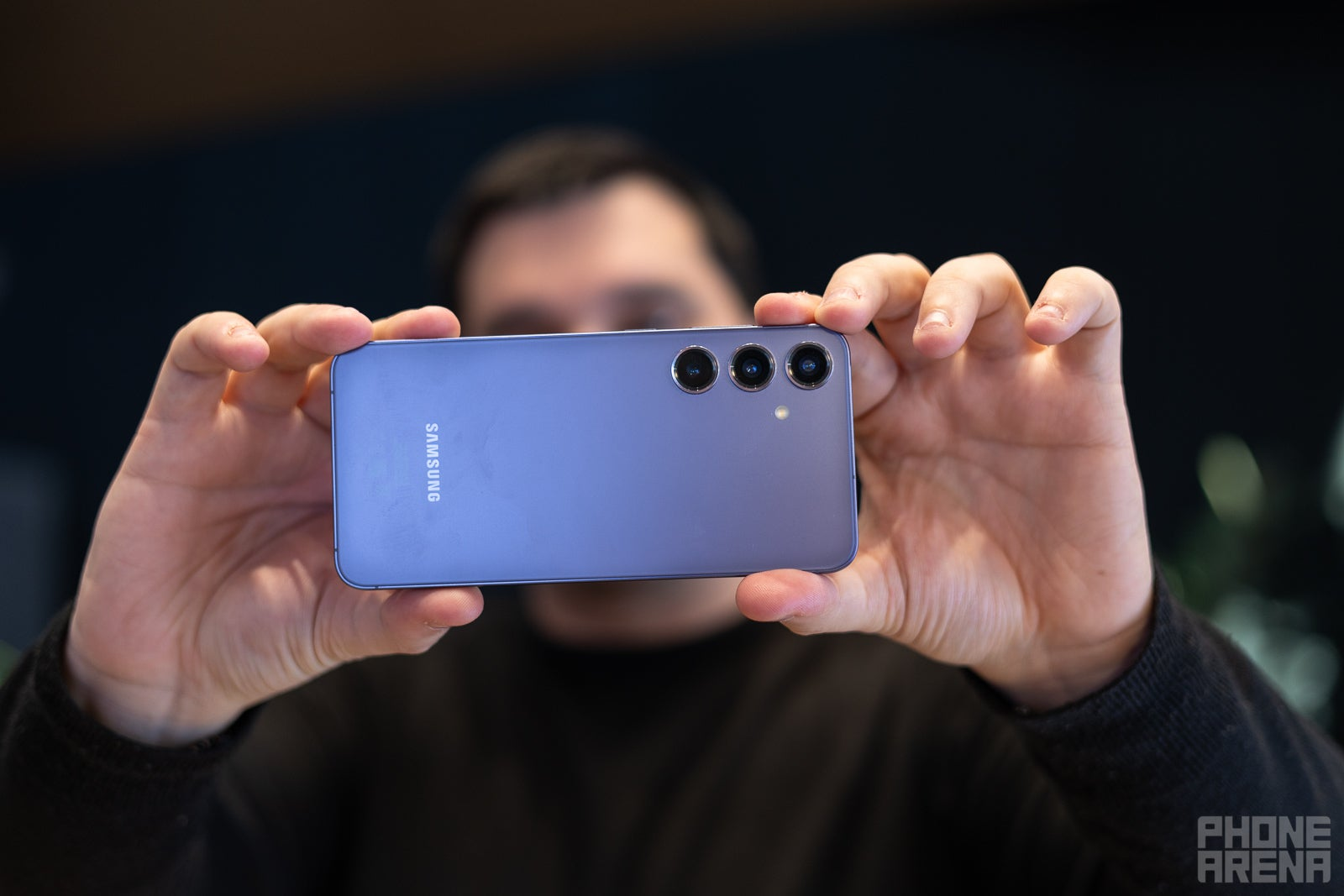
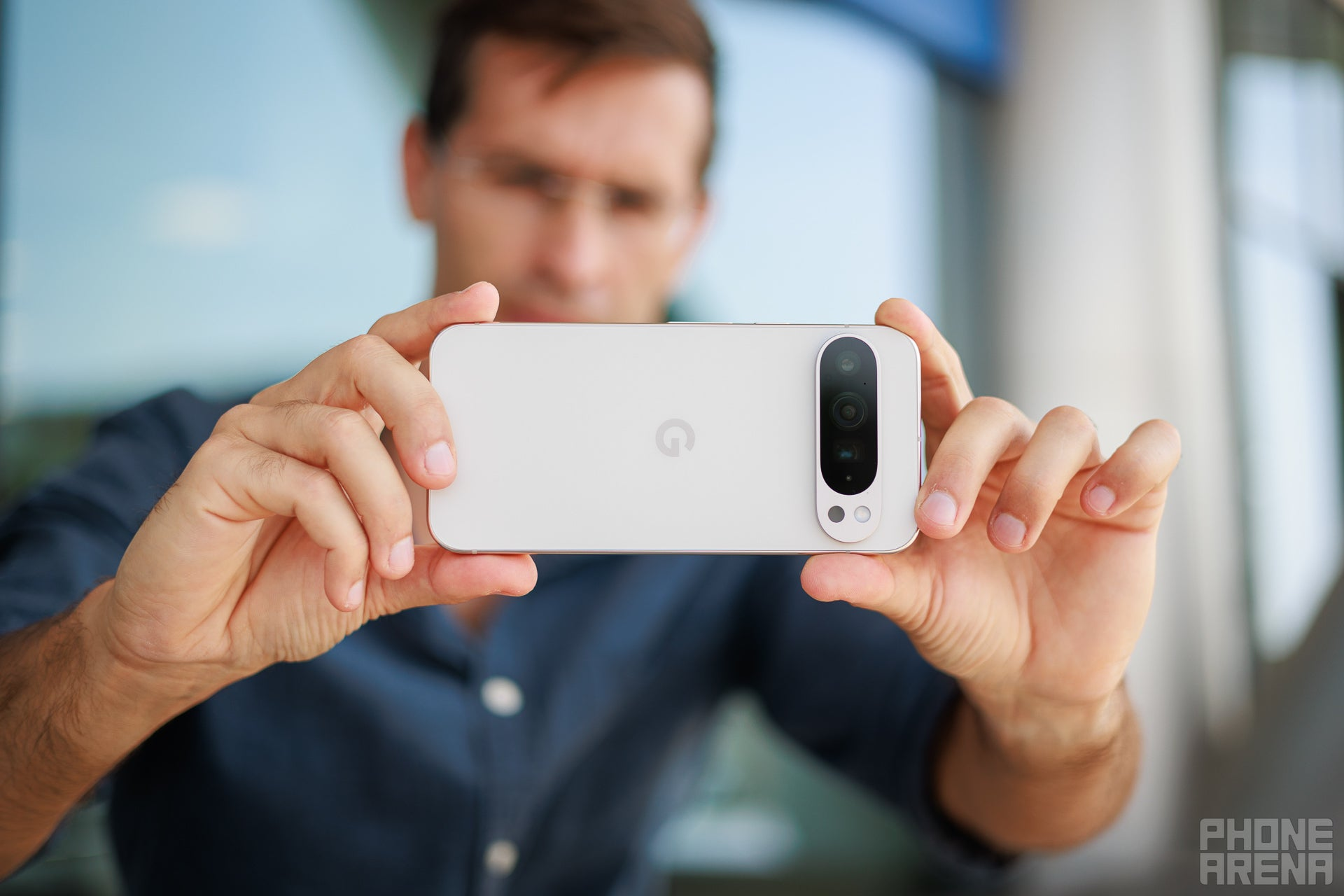
All of that is based on the PhoneArena Camera Score, a testing protocol where we capture hundreds of pictures and videos, analyzing the performance of every camera lens on a phone.
The results measure all the building blocks of a great camera: we have a score for color accuracy, a score for exposure, one for detail, and the overall score also accounts for usability features, such as the quality of the preview in the viewfinder.
We do all of these tests both for still photography and video-recording quality. It is a rigorous testing protocol that each phone we test goes through.
So, let's see which phone comes out on top in the battle for the best phone camera available in mid-2025.
PhoneArena Camera Score Hall of Fame
*The ranking above shows all the top current phones.
1. Galaxy S25 Ultra

| Samsung Galaxy S25 Ultra |
| Rear |
|---|
| Quad camera |
| Main camera |
| 200 MP (OIS, Laser and PDAF) Sensor name: Samsung ISOCELL HP2 Aperture size: F1.7 Focal length: 24 mm Sensor size: 1/1.3" Pixel size: 0.6 μm |
| Second camera |
| 50 MP (Ultra-wide, PDAF) Sensor name: Samsung JN3 Aperture size: F1.9 Pixel size: 0.7 μm |
| Third camera |
| 10 MP (Telephoto, OIS, PDAF) Sensor name: Sony IMX754 Optical zoom: 3.0x Aperture size: F2.4 Focal Length: 67 mm Sensor size: 1/3.52" Pixel size: 1.12 μm |
| Fourth camera |
| 50 MP (Telephoto, Periscope, OIS, PDAF) Sensor name: Sony IMX854 Optical zoom: 5.0x Aperture size: F3.4 Focal Length: 111 mm Sensor size: 1/2.52" Pixel size: 0.7 μm |
| Flash |
| LED |
| Video recording |
| 8K UHD (30 fps), 4K UHD (120 fps), 1080p (240 fps) HDR, Continuous autofocus, Picture-taking during video recording |
| Front |
| 12 MP (PDAF, HDR) Video capture: 4K UHD (60 fps) |
See the full
Samsung Galaxy S25 Ultra specs comparison
or compare them to other phones using our
Phone Comparison tool
Building on top of the extremely sturdy foundation set by the Galaxy S24 Ultra, Samsung's newest flagship comes with the best camera we've tested so far in 2025.
It's still a quad-camera setup, using a very similar to the mentioned Galaxy S24 Ultra: a 200MP main camera, a 50MP periscope with 5X optical zoom, a 10MP 3X telephoto, but new here is a 50MP ultrawide, an upgrade from the 12MP on previous Galaxy Ultra phones.
While the hardware has got few changes, Samsung has introduced many software improvements to the mix. Chief among these are revamped image-processing algorithms courtesy of Samsung's new ProVisual Engine, an integral part of the Snapdragon 8 Elite for Galaxy chip.
And judging from all the photos and videos we've taken, it's the way the software is tuned that makes the most considerable difference with the Galaxy S25 Ultra. Photos look significantly more natural than before, with cleaner detail, no oversharpening, and slightly better dynamic range, which might not sound like a lot, but is precisely what's necessary to propel the Galaxy S25 Ultra to the top.
Currently, the Galaxy S25 Ultra is the best phone for still photography and video-recording.
2. Xiaomi 15 Ultra

| Xiaomi 15 Ultra |
| Rear |
|---|
| Quad camera |
| Main camera |
| 50 MP (Autofocus, Laser and PDAF) Aperture size: F1.6 Focal length: 23 mm Sensor size: 1" Pixel size: 1.6 μm |
| Second camera |
| 50 MP (Ultra-wide, PDAF) Aperture size: F2.2 Focal Length: 14 mm Sensor size: 1/2.76" Pixel size: 0.64 μm |
| Third camera |
| 50 MP (Telephoto) Optical zoom: 3.2x Aperture size: F1.8 Focal Length: 75 mm Sensor size: 1/2.51" Pixel size: 0.7 μm |
| Fourth camera |
| 200 MP (Telephoto, Periscope, OIS, PDAF) Optical zoom: 4.3x Aperture size: F2.6 Focal Length: 100 mm Sensor size: 1/1.4" Pixel size: 0.56 μm |
| Fifth camera |
| ToF 3D depth sensing |
| Flash |
| Dual LED |
| Video recording |
| 8K UHD (30 fps), 4K UHD (120 fps), 1080p (1920 fps) |
| Front |
| 32 MP Video capture: 4K UHD (60 fps) |
See the full
Xiaomi 15 Ultra specs comparison
or compare them to other phones using our
Phone Comparison tool
The Xiaomi 15 Ultra is a camera powerhouse that's mostly on par with the Samsung Galaxy S25 Ultra. It comes with a superb camera, headlined by a wide camera with a large 1-inch sensor, a 200MP periscope that delivers excellent zoom image quality. There's also a 50MP telephoto and another 50MP ultrawide camera, rounding up an extremely capable camera package.
But it's not only the camera that makes this one such an impressive camera phone, it's the camera grip accessory that turns things all the way up to eleven. Available as an optional purchase, this one turns the phone into a Leica camera-lookalike and also doubles as a small power bank. There's also a load of different buttons and dials that mimic the feel and functionality of your standard point-and-shoot camera.
Overall, despite that it's a bit challenging to get this phone stateside, it's definitely among the best camera phones to consider getting in H1 2025.
Image quality is exceptional, with minimal overprocessing and oversharpening, which helps the phone achieve an extremely natural, and at the same time, appealing and detailed look that stands out. Xiaomi has its own photo-processing style, with slightly stronger contrast and erring on the side of underexposing, and that's perfectly fine. Zoom quality is exceptional, with both images appearing wonderful at both the native 3X and 6X zoom levels, but you can surprisingly get usable results even if you zoom much further.
3. Oppo Find X8 Ultra

| OPPO Find X8 Ultra |
| Rear |
|---|
| Quad camera |
| Main camera |
| 50 MP (OIS, Laser and PDAF) Aperture size: F1.8 Focal length: 23 mm Sensor size: 1" Pixel size: 1.6 μm |
| Second camera |
| 50 MP (Ultra-wide) Aperture size: F2.0 Focal Length: 15 mm Pixel size: 0.64 μm |
| Third camera |
| 50 MP (Telephoto, Periscope) Optical zoom: 6.0x Aperture size: F3.1 Focal Length: 135 mm Sensor size: 1/1.56" Pixel size: 0.8 μm |
| Fourth camera |
| 50 MP (Telephoto, Periscope, OIS, PDAF) Optical zoom: 3.0x Aperture size: F2.1 Focal Length: 70 mm Sensor size: 1/1.56" Pixel size: 1 μm |
| Flash |
| LED |
| Video recording |
| 4K UHD (120 fps) |
| Front |
| 32 MP (Autofocus) Video capture: 4K UHD (60 fps) |
See the full
OPPO Find X8 Ultra specs comparison
or compare them to other phones using our
Phone Comparison tool
The Oppo Find X8 Ultra is an understated phone that aims to fly under the radar. It comes with zero flashy features, no extra fluff aside from the essentials, but aces pretty much any area.
Just as its "Ultra" name hints, this one comes with the best camera package that Oppo has in store right now, and it's nearly tied with the Galaxy S25 Ultra and the Xiaomi 15 Ultra at the top of the rankings.
Taking a closer look at the camera specs explains why. The main camera uses a large 1-inch sensor, has in-sensor 2X cropping, and an 8-element lens to minimize chromatic aberrations artifacts. Oppo has taken zooming seriously: there is a short 3X telephoto and a longer 6X periscope.
Finally, Oppo has also outfitted its 2025 flagship with a True Chroma sensor, which is used to measure the ambient lighting and adjust the color temperature of the scene accordingly.
The phone also comes with a dedicated iPhone-like capacitive camera button, enabling yet another way to control the camera.
The phone also comes with a dedicated iPhone-like capacitive camera button, enabling yet another way to control the camera.
4. Galaxy S24 Ultra

| Samsung Galaxy S24 Ultra |
| Rear |
|---|
| Quad camera |
| Main camera |
| 200 MP (OIS, Laser and PDAF) Sensor name: Samsung ISOCELL HP2 Aperture size: F1.7 Focal length: 24 mm Sensor size: 1/1.3" Pixel size: 0.6 μm |
| Second camera |
| 12 MP (Ultra-wide, PDAF) Sensor name: Sony IMX564 Aperture size: F2.2 Focal Length: 13 mm Sensor size: 1/2.55" Pixel size: 1.4 μm |
| Third camera |
| 10 MP (Telephoto, OIS, PDAF) Sensor name: Sony IMX754 Optical zoom: 3.0x Aperture size: F2.4 Focal Length: 67 mm Sensor size: 1/3.52" Pixel size: 1.12 μm |
| Fourth camera |
| 50 MP (Telephoto, Periscope, OIS, PDAF) Sensor name: Sony IMX854 Optical zoom: 5.0x Aperture size: F3.4 Focal Length: 111 mm Sensor size: 1/2.52" Pixel size: 0.7 μm |
| Flash |
| LED |
| Video recording |
| 8K UHD (30 fps), 4K UHD (120 fps), 1080p (240 fps) HDR, Continuous autofocus, Picture-taking during video recording |
| Front |
| 12 MP (PDAF, HDR) Video capture: 4K UHD (60 fps) |
See the full
Samsung Galaxy S24 Ultra specs comparison
or compare them to other phones using our
Phone Comparison tool
Among phones available in the US, the Galaxy S24 Ultra is one of the best camera phones on our PhoneArena Camera Score. That is probably no surprise considering that it has two telephoto cameras on its back, one more than most other flagships, giving it an edge in zooming.
And indeed, zoom quality on the Galaxy S24 Ultra is what sets it apart from the competition. It captures more plentiful and cleaner detail than other rivals, and is clearly your best option if you want a phone that can elevate your zoom shots. This versatility also translates to portrait photos, where having so many focal lengths, such as 2X, 3X and 5X zoom, is a huge advantage, and the Galaxy can cut out subjects from the background flawlessly.
Selfies also look incredible on the S24 Ultra, colors, and exposure are spot on, and you get a ton of detail. Videos recorded with the front camera also look very good.
The Galaxy is not perfect in every category, but even where it ranks a bit lower, the issues it faces are typically not that big. The ultrawide camera, for example, still has ways to improve as there are some slight issues with corner sharpness.
The S24 Ultra is one of the best phones for video recording, especially when it comes to zoom quality. Learn more about these cameras, in our in-depth Galaxy S24 Ultra camera review.
And we should also say that the slightly older Galaxy S23 Ultra is another phone with great cameras that you should consider, though it's a bit more extreme when it comes to oversharpening and overprocessing, so photos and videos might not look as natural as on its successors.
5. iPhone 16 Pro Max / iPhone 16 Pro

| Apple iPhone 16 Pro Max |
| Rear |
|---|
| Triple camera |
| Main camera |
| 48 MP (Sensor-shift OIS, PDAF) Sensor name: Sony IMX903 Aperture size: F1.8 Focal length: 24 mm Sensor size: 1/1.28" Pixel size: 1.22 μm |
| Second camera |
| 48 MP (Ultra-wide) Sensor name: Sony IMX972 Aperture size: F2.2 Focal Length: 13 mm Sensor size: 1/3.06" Pixel size: 0.7 μm |
| Third camera |
| 12 MP (Telephoto, Periscope, Sensor-shift OIS, PDAF) Sensor name: Sony IMX913 Optical zoom: 5.0x Aperture size: F2.8 Focal Length: 120 mm Sensor size: 1/3.06" Pixel size: 1.12 μm |
| Flash |
| Dual LED |
| Video recording |
| 4K UHD (120 fps), 1080p (240 fps) OIS, HDR, Continuous autofocus, Picture-taking during video recording, 10-bit HDR, Dolby Vision HDR, ProRes, Cinematic mode |
| Front |
| 12 MP (Time-of-Flight (ToF), Autofocus, HDR) Video capture: 4K UHD (60 fps) |
See the full
Apple iPhone 16 Pro Max specs comparison
or compare them to other phones using our
Phone Comparison tool
This year, the iPhone 16 Pro Max and iPhone 16 Pro come with generally the same camera systems. However, they fail to deliver any significant camera upgrades over the iPhone 15 Pro Max; also, Apple's new changes to the color science and overall dynamics make the new iPhone 16 Pro models rank slightly lower than the iPhone 15 Pro Max.
Additionally, the iPhone 16 Pro inherits the 5X tetraprism telephoto camera from the iPhone 15 Pro Max, enhancing zoom performance. That long camera is still 12MP, so its sharpness isn't that good.
What's more, the main 48MP Fusion camera now has a faster quad-pixel sensor, allowing for zero shutter lag. Both phones also support 4K@120fps video, which can be edited directly in the Photos app.
Another important addition is the new and enhanced Photographic Styles, which give you even more control over how styles act and adjust vibrancy on a per-color basis. Aside from setting these new Photographic Styles as default color schemes as the default ones for new images, you can also retroactively edit older photos. Think of these as advanced filters of sorts.
However, the big camera-related change that debuted with the whole iPhone 16 series is the new Camera Control button, which lets you open the camera app, take a photo or video with a simple press, or navigate through all the available camera settings and menus with the help of a swipe or a light press. When doing so, the entire interface goes blank, allowing you to immerse yourself in the scene and unleash your creativity without the constraints of icons and buttons.
However, the big camera-related change that debuted with the whole iPhone 16 series is the new Camera Control button, which lets you open the camera app, take a photo or video with a simple press, or navigate through all the available camera settings and menus with the help of a swipe or a light press. When doing so, the entire interface goes blank, allowing you to immerse yourself in the scene and unleash your creativity without the constraints of icons and buttons.
6. - iPhone 15 Pro Max

| Apple iPhone 15 Pro Max |
| Rear |
|---|
| Triple camera |
| Main camera |
| 48 MP (Sensor-shift OIS, PDAF) Sensor name: Sony IMX803 Aperture size: F1.8 Focal length: 24 mm Sensor size: 1/1.28" Pixel size: 2.44 μm |
| Second camera |
| 12 MP (Ultra-wide) Sensor name: Sony IMX633 Aperture size: F2.2 Focal Length: 13 mm Pixel size: 1.4 μm |
| Third camera |
| 12 MP (Telephoto, Sensor-shift OIS, PDAF) Sensor name: Sony IMX913 Optical zoom: 5.0x Aperture size: F2.8 Focal Length: 120 mm Sensor size: 1/3.06" Pixel size: 1.12 μm |
| Flash |
| Dual LED |
| Video recording |
| 4K UHD (60 fps), 1080p (240 fps) OIS, HDR, 10-bit HDR, Dolby Vision HDR, ProRes, Cinematic mode |
| Front |
| 12 MP (Time-of-Flight (ToF), Autofocus, HDR) Video capture: 4K UHD (60 fps) |
See the full
Apple iPhone 15 Pro Max specs comparison
or compare them to other phones using our
Phone Comparison tool
The iPhone 15 Pro Max comes a close second after the Galaxy in our PhoneArena Camera Score.
The main camera score in particular is almost exactly the same on the iPhone and the Galaxy, that's how close they are.
The iPhone also scores more than the Galaxy when using the ultrawide camera, as it preserves detail better in the corners of shots.
However, the iPhone does not give you the same quality of zoom photos and videos. It only has a 5X zoom camera, which is great, but quality at 2X, 3X and 4X zoom is not as good as with a dedicated lens, so the iPhone is less versatile in that regard than the Galaxy.
If you are considering a different iPhone model, you should know that the quality of the main and ultrawide cameras are practically the same on all iPhone 15 models. The real difference is with zoom quality: the iPhone 15 Pro has a 3X zoom lens, while the iPhone 15 and 15 Plus models have no telephoto camera at all.
In terms of features, the iPhone camera app is one of the most intuitive ones out there, and it supports both HDR and high-resolution preview, which is great. See sample photos and learn more about this camera, in our in-depth iPhone 15 Pro Max camera review.
It's worth mentioning that many other iPhones also make it in the top rankings. We have already mentioned the iPhone 15 Pro as well as the iPhone 15 and 15 Plus models, but last year's iPhone 14 Pro duo is another strong contender that you should not overlook.
7. Apple iPhone 15 Pro

| Apple iPhone 15 Pro |
| Rear |
|---|
| Triple camera |
| Main camera |
| 48 MP (Sensor-shift OIS, PDAF) Sensor name: Sony IMX803 Aperture size: F1.8 Focal length: 24 mm Sensor size: 1/2.8" Pixel size: 2.44 μm |
| Second camera |
| 12 MP (Ultra-wide) Sensor name: Sony IMX633 Aperture size: F2.2 Focal Length: 13 mm Pixel size: 1.4 μm |
| Third camera |
| 12 MP (Telephoto, OIS, PDAF) Sensor name: Sony IMX713 Optical zoom: 3.0x Aperture size: F2.8 Focal Length: 77 mm Sensor size: 1/3.5" Pixel size: 1.0 μm |
| Flash |
| Dual LED |
| Video recording |
| 4K UHD (60 fps), 1080p (240 fps) OIS, HDR, 10-bit HDR, Dolby Vision HDR, ProRes, Cinematic mode |
| Front |
| 12 MP (Time-of-Flight (ToF), Autofocus, HDR) Video capture: 4K UHD (60 fps) |
See the full
Apple iPhone 15 Pro specs comparison
or compare them to other phones using our
Phone Comparison tool
Next in our list among the best camera phones you can get in the US is the iPhone 15 Pro.
While previously, iPhone Pro and iPhone Pro Max have had mostly the same hardware setups, this isn't the case with the iPhone 15 range. The reason for that is the lack of a dedicated tetraprism telephoto lens on the iPhone 15 Pro, which instead uses Apple's older 3X telephoto camera. The longer telephoto is only available on the iPhone 15 Pro Max, but this doesn't mean the iPhone 15 Pro isn't one capable camera phone.
On the contrary, it's a great camera fitted inside a relatively compact premium iPhone. There's a 48MP main camera, a 12MP ultrawide, and the aforementioned 12MP 3X telephoto camera. New here, however, is Apple making use of the large main sensor, enabling some intriguing sensor-cropping to 1.2X and 1.5X, which correspond to 28mm and 35mm, respectively.
Another new iPhone 15 Pro feature, called Super High Res picture mode, lets you shoot photos in 24MP by default, doubling the previous 12MP standard. It strikes a balance between the smaller 12MP images and the high-detail but bulky 48MP files, offering superb detail and stomachable file sizes. This upgrade is designed to give users clearer, more detailed images without sacrificing storage space.
8. Samsung Galaxy S24 Plus / Samsung Galaxy S24

| Samsung Galaxy S24+ |
| Rear |
|---|
| Triple camera |
| Main camera |
| 50 MP (OIS, PDAF) Sensor name: Samsung GN3 Aperture size: F1.8 Focal length: 24 mm Sensor size: 1/1.56" Pixel size: 1.0 μm |
| Second camera |
| 12 MP (Telephoto) Sensor name: Sony IMX564 Optical zoom: 3.0x Aperture size: F2.2 Focal Length: 13 mm Sensor size: 1/2.55" Pixel size: 1.4 μm |
| Third camera |
| 10 MP (Telephoto) Sensor name: Samsung S5K3K1 Aperture size: F2.4 Focal Length: 67 mm Sensor size: 1/3.94" Pixel size: 1.0 μm |
| Flash |
| LED |
| Video recording |
| 8K UHD (30 fps), 4K UHD (120 fps), 1080p (240 fps) |
| Front |
| 12 MP Video capture: 4K UHD (60 fps) |
See the full
Samsung Galaxy S24+ specs comparison
or compare them to other phones using our
Phone Comparison tool
Next in the list and ranking quite well are Samsung's regular Galaxy S24 Plus and Galaxy S24. These two flagships have identical camera setups that perform roughly the same, given that they share the same hardware.
The only major difference in comparison with the more premium Galaxy S24 Ultra is the lack of a 5X zoom lens. If you don't feel like carrying the extra bulky and big Ultra version, you can get one of those other models without worrying about any big compromises.
The Galaxy S24 Plus camera is quite similar to its predecessors, the Galaxy S22 Plus and S23 Plus, featuring a 50MP main camera, 12MP ultra-wide, and 10MP telephoto with 3x optical zoom. A 12MP front camera is also included.
However, the real upgrades lie in its improved image processing. Samsung’s ProVisual Engine, powered by AI, enhances night shots, reducing noise and motion blur. New AI features like Generative Edits and Edit Suggestion offer smart tools for tweaking photos, making the overall experience smoother and more intuitive.
In terms of image quality, we are looking at some pretty natural-looking photos, which ditch the overprocessed and overly vibrant style that previous Galaxies heavily leaned into. That's something we definitely appreciate.
9. Google Pixel 9 Pro XL

| Google Pixel 9 Pro XL |
| Rear |
|---|
| Triple camera |
| Main camera |
| 50 MP (OIS, PDAF) Sensor name: Samsung GN1 Aperture size: F1.7 Sensor size: 1/1.31" Pixel size: 1.2 μm |
| Second camera |
| 48 MP (Ultra-wide) Sensor name: Sony IMX858 Aperture size: F1.7 Sensor size: 1/2.55" |
| Third camera |
| 48 MP (Telephoto) Sensor name: Sony IMX858 Optical zoom: 5.0x Aperture size: F2.8 Focal Length: 113 mm Sensor size: 1/2.55" |
| Flash |
| LED |
| Video recording |
| 4K UHD (60 fps), 1080p (240 fps) |
| Front |
| 42 MP Video capture: 4K UHD (60 fps) |
See the full
Google Pixel 9 Pro XL specs comparison
or compare them to other phones using our
Phone Comparison tool
Google's latest top phone has a lot going on in the camera hardware.
The Pixel 9 Pro XL has a 50MP main camera with a 1/1.3-inch sensor, a 48MP telephoto camera, and a 48MP ultrawide, as well as a 42MP front camera, which is a pretty well-rounded camera setup. However, the new Pixel 9 Pro XL barely beats its predecessor, the Pixel 8 Pro, as it doesn't deliver a ton of improvements overall.
Overall, the Pixel camera delivers that familiar and signature Pixel look, which is slightly more gritty and contrast-y in comparison with its more light-hearted rivals. The dynamic range and sharpness are excellent here, although colors are ever-so-slightly warmer than previous Pixels. Not a drawback at all.
Capturing photos at minimal light is now much faster than before, addressing one of our usual criticisms of previous Pixel devices.
The big addition to the Pixel 9 series, however, is the vast addition of AI-assisted features inside the camera app, which aim to enrich the user experience in new ways. For example, Add Me is a new feature that lets you take a group photo by snapping one of your friends, then swapping places so they take one of you. The phone merges both images to make it look like everyone was in the same shot.
Another new feature is Reimagine, a Magic Editor on steroids, which lets you apply major changes to any photo by simply typing a query. You can change the background, add fireworks, planes, birds, and whatever else comes to mind.
Follow us on Google News
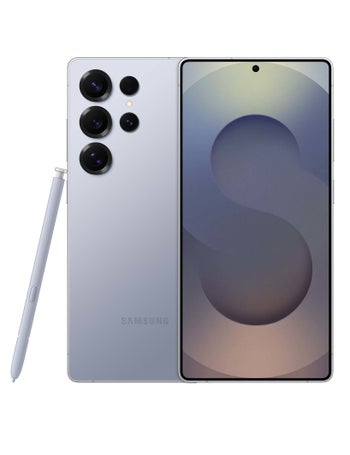
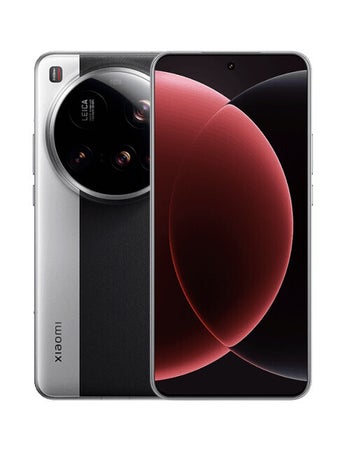
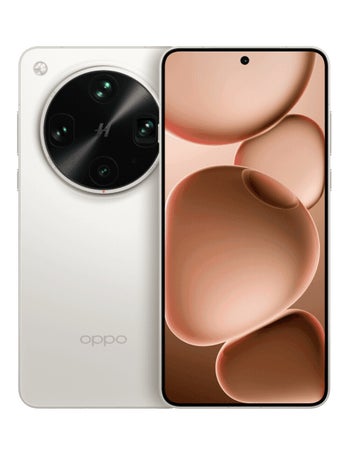
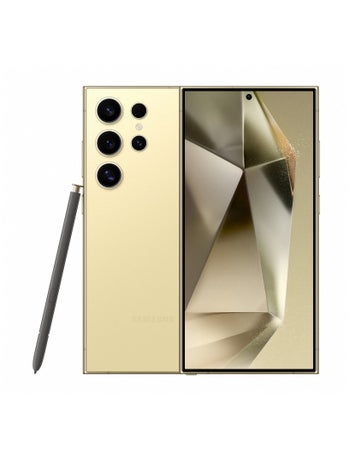
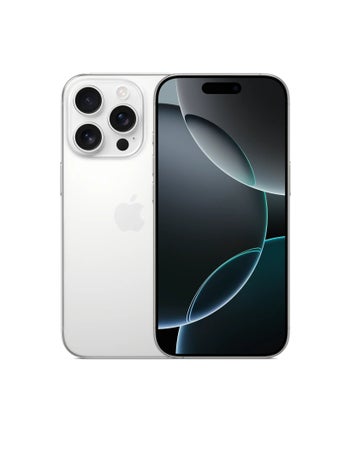
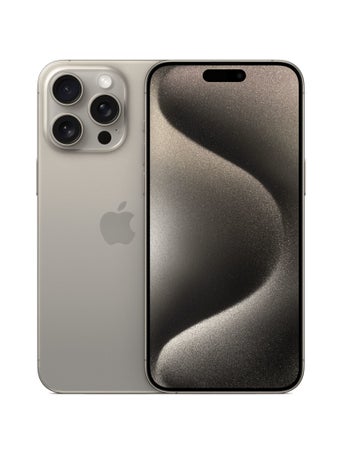
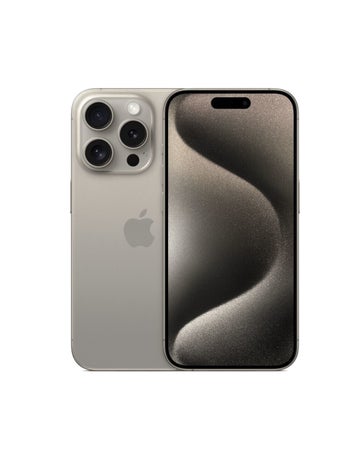
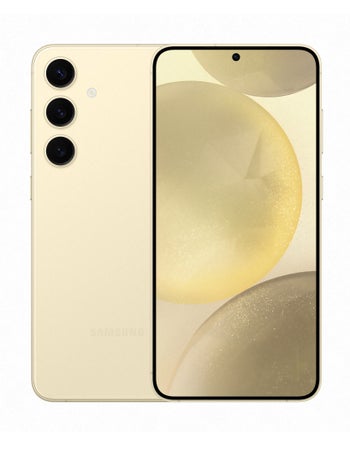
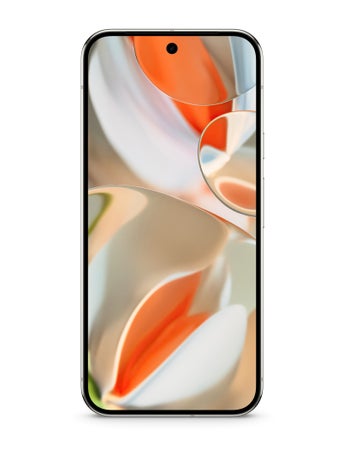



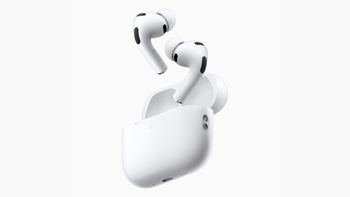
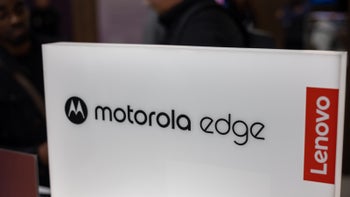

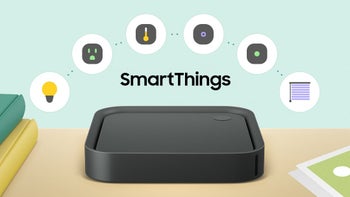
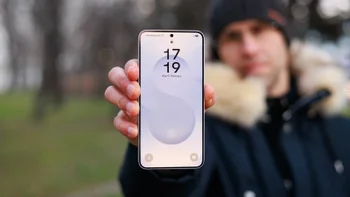
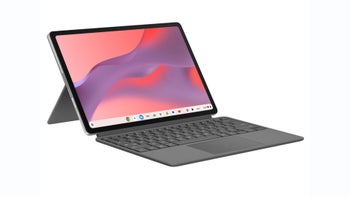
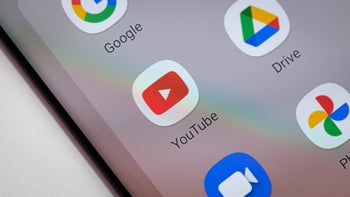
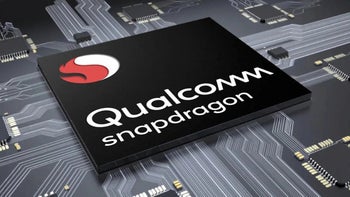
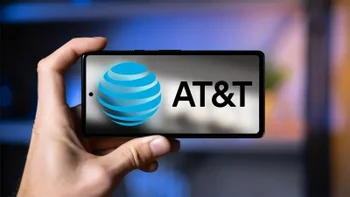
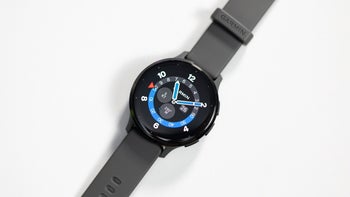
Things that are NOT allowed:
To help keep our community safe and free from spam, we apply temporary limits to newly created accounts: